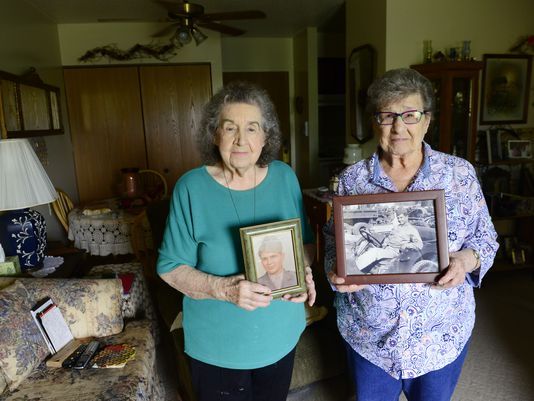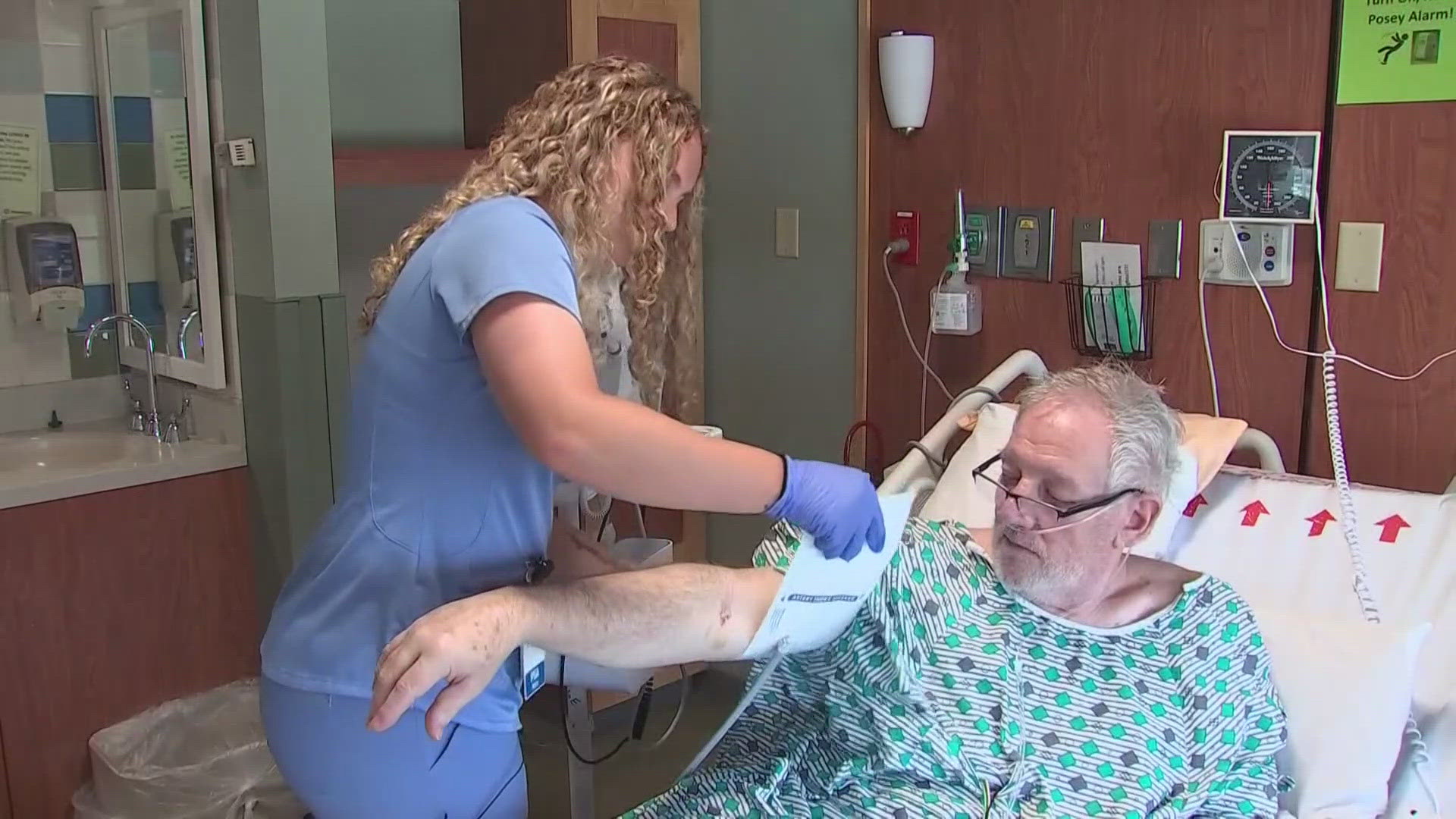Thousands of Americans lost their lives in World War II, and after 75 years one family will be reunited with a lost brother when his remains are sent back to Port Clinton for a proper military burial next month.
John Kovach was one of 32 men in the Company C 192nd Tank Battalion from Port Clinton that fought in the Battle of Bataan in the Philippines.
Along with members of his battalion and thousands of other soldiers, Kovach was taken prisoner of war after the United States surrendered the Bataan Peninsula to the Japanese on the island of Luzon on April 9, 1942.
His only remaining family, sisters Mary Ocheske, 90, and Ethel Smith, 86, were overwhelmed when they found out "Johnny" was coming home.
"I felt so many emotions when I heard he was coming home," Ocheske said. "I know I will cry when I see that casket come off the plane."
After the surrender, Kovach and his comrades were among the 75,000 Filipino and American soldiers who were forced to march 65 miles to a Japanese prison camp. The trek became known as the Bataan Death March, with thousands dying.
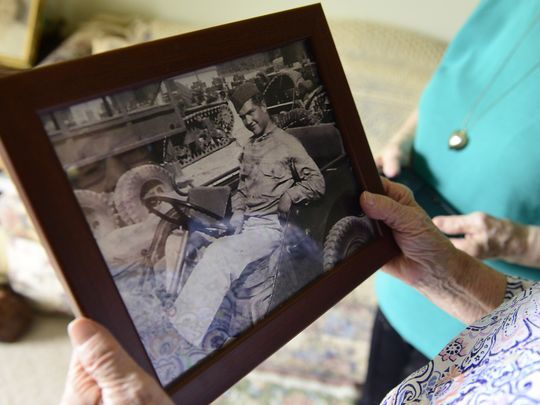
After being buried in an unmarked grave in the Philippines for 75 years, Kovach is now coming home for a proper military burial at Riverview Cemetery in Port Clinton on July 10.
"It is so wonderful that my brother is going to get all this honor," Ocheske said. "I've been told every politician wants to come to this."
Kovach, born Oct. 7, 1922, enlisted in the Ohio National Guard's Tank Company in Port Clinton in 1940.
When World War II began, Kovach and the rest of the C Company 192nd Tank Battalion were sent to the Battle of Bataan in January 1942.
Three months into the battle, the United States surrendered control, and Kovach and other soldiers were taken prisoner and forced to march 65 miles. They were loaded into small boxcars.
Kovach died from dysentery in November 1942, Ocheske said. He was 20 years old.
At first, Ocheske said she and her sister wanted to keep Kovach's remains in the Manila Cemetery where many other American GIs were buried, because she saw photos of the grave site and believed her brother's grave was honored.
"Ethel and I had talked about and we had seen the cemetery and we made up our minds that John was in a beautiful place and he was with his comrades he died with," Ocheske said.
In 2014, though, remains from 14 men who were buried in the an unmarked grave in the Manila cemetery were exhumed, and Ocheske and Smith subsequently were asked to submit to DNA testing to see if remains found scattered in a casket matched those of Kovach and his sisters.
The process to match DNA records can take years, according Jennifer Vallee, Armed Forces Medical Examiner System (AFMES), Dover Air Force Base in Delaware.
"In past wars, records were not kept the way they are now of service members. While some had dental records or chest X-rays on file, those were not commonplace, making it difficult to identify a service member," Vallee said.
Vallee said the AFMES has been using DNA reference databases the past 22 years, to better match service men and women with their families.
Despite challenges in testing for DNA matches, including chemical changes to the body from embalming or extreme heat causing DNA to deterioriate, Vallee said new technology has increased exponentially the chances of finding DNA.
"These continuous advancements are allowing for remains that were unidentifiable 20 years ago to be matched to a family member," Vallee said.
Ocheske was among the family members who had to wait, but after three years, DNA from bones found in the grave matched Kovach to Ocheske and Smith.
"It was frustrating. It took three years to get the results connecting our DNA with my brother's," Ocheske said. "The first time we heard anything about this and my brother, I was astounded. I was relieved they told me we were matches."
Although Kovach was Ocheske's brother, she said they were separated during childhood.
"My mother and father separated when I was 11. Johnny would have been about 15," Ocheske said.
Ocheske said she moved to Gypsum while Kovach stayed in Port Clinton. She next saw her brother about six years later when a parade was held to honor Kovach and his battalion.

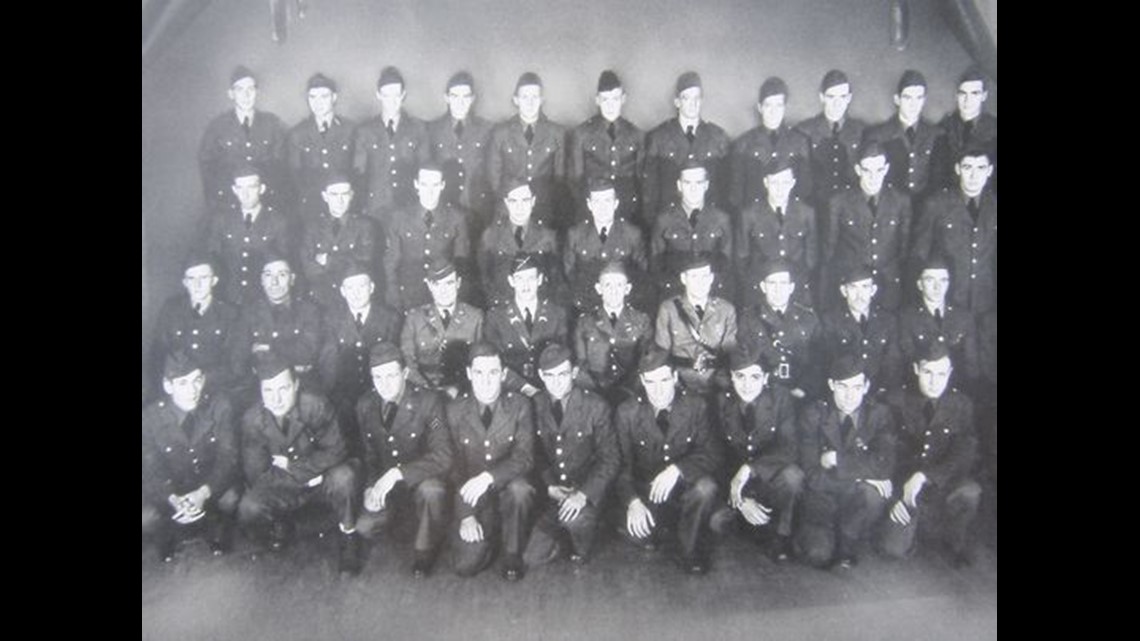
"I didn't have any contact with my brother since I was 13 until I was a junior in high school when I saw him in the parade in full uniform," Ocheske said. "Afterwards he came up and gave me a hug and said, 'Mary, you've grown up.'"
It was more than 76 years ago, but Ocheske remembers that day well.
"I said, 'You look wonderful in your uniform,'" Ocheske recalled. "That's the only time I saw my brother since I was 11 years old."
The last correspondence Ocheske had from Kovach was a letter he wrote to her while he was stationed in San Francisco in October 1941.
"I still have that letter," Ocheske said. "It was dated Oct. 22, 1941. "The letter said, 'Mary, I probably won't be able to write you, they are shipping me to the Philippines.'"
On Dec. 7, 1941, the Japanese attacked Pearl Harbor, nine hours after attacking the Philippines.
Ocheske said she wrote letters to Kovach, but never heard back from her brother.
While reminiscing about seeing her big brother in that parade, Ocheske said she never stopped thinking about Johnny.
Still holding the letter Kovach wrote her nearly 77 years ago, Ocheske said she and the family decided they wanted to bring Kovach home because of his love for Port Clinton.
"We wanted to bring him home because I always remember seeing this photo taken of him in Port Clinton where he was smiling," Ocheske said. "He was always smiling when he was home."
If not for John Eakin from San Antonio, Texas, Ocheske and her family may never have been reunited with Kovach.
Eakin shared a similar experience with Ocheske, waiting to find out if a family member of his was buried in Manila.
Eakin fought for the retrieval of the remains of Kovach and seven others from the grave of 14 men found at the Manila grave site.
He filed Freedom of Information Act requests and two lawsuits to secure proper military burials for the men.
His fight to help Ocheske began after reading a July 2010 story detailing Kovach's name as one of those who did not come home from the Bataan Death March.
Debra LeMaitre, who said her husband's mother's maiden name was Kovach, linked the family to Fremont and Port Clinton.
She told the News-Messenger in 2010 that no one in the family discussed Kovach, her uncle, or remembered visiting a grave site honoring Kovach.
LeMaitre said in the 2010 interview she contacted Eakin who had helped other families identify soldiers who never returned for a proper burial.
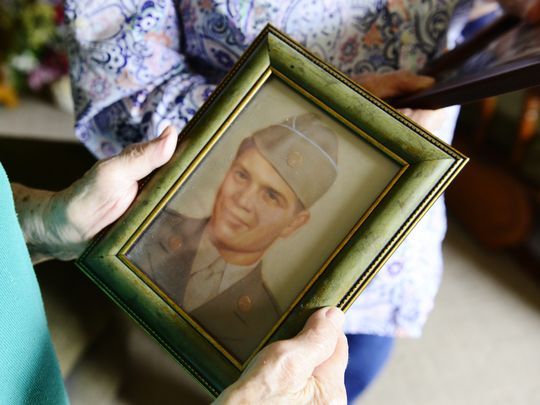
"These men deserve all the recognition we can give then," said Eakin, himself a Vietnam War veteran.
Eakin said the military uses new technology to recover DNA from soldier's remains and that his cousin, Arthur H. "Bud" Kelder, was found to be a DNA match to Eakin's family.
"It's unconscionable to me that nothing had been done to honor these men. They were badly disrespected, and this means a lot to me," Eakin said.
He said he did not want credit for helping these families reunite with their loved ones. He said it was something he had to do to protect the fallen.
"It's about them," Eakin said. "These are my brothers. They would do the same for me."
When Kovach arrives July 10 for his burial in Riverview Cemetery, his family will come full circle in reuniting.
Ocheske said her sister happened to schedule a family reunion for July 9, so the family asked Kovach come home for a burial July 10 when his family will be together.
"Family is going to be coming from all over the country," Ocheske said. "We have family coming from California, Idago, even England. Ethel selected the July 10 date for so her children could watch their uncle's burial."
cshoup@gannett.com

